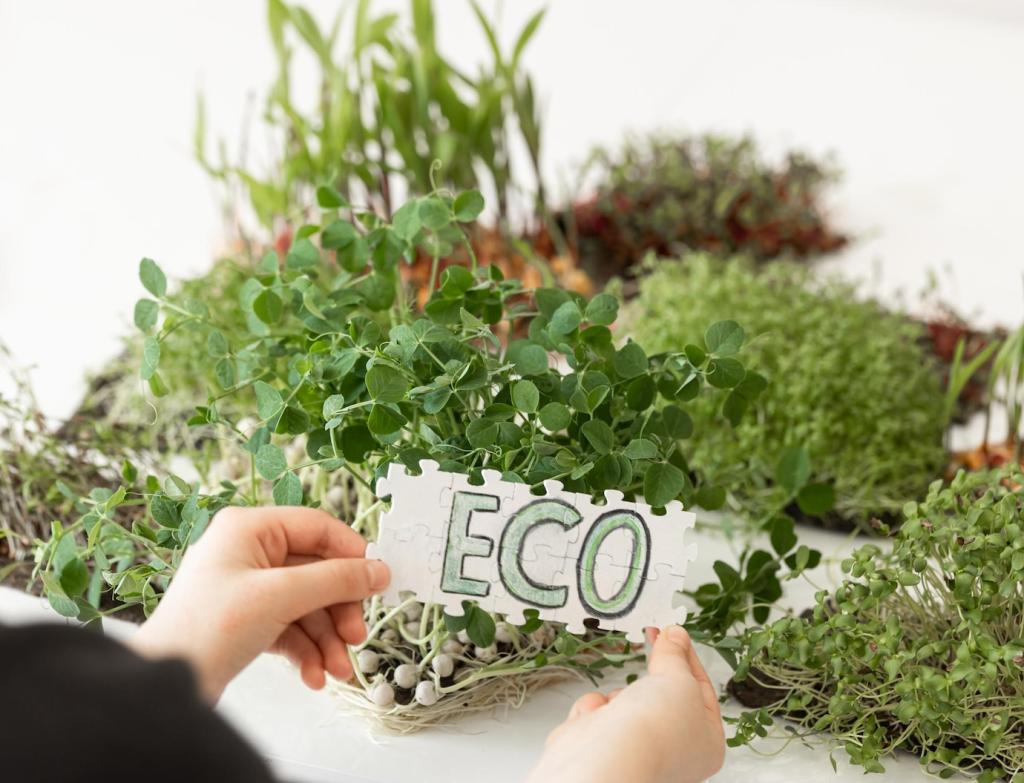Embarking on a DIY renovation project offers an exciting opportunity to refresh your living space according to your tastes and needs. By prioritizing eco-friendly practices, you not only reduce environmental harm but also create a healthier, more efficient home. This guide explores practical tips and strategies for sustainable DIY renovations, from sourcing materials and boosting energy efficiency to managing waste and integrating green upgrades.
Choosing Recycled and Reclaimed Materials
Opting for recycled and reclaimed materials is a practical way to minimize waste and conserve resources. Salvaged wood, recycled glass, and metal can add unique character to your home while circumventing the demand for new materials. Many local suppliers and specialty stores offer beautifully restored pieces suitable for floors, countertops, and architectural details. By giving these materials a second life, you help reduce landfill waste and the environmental costs of manufacturing new products. Additionally, these choices often bring a sense of history and individuality to your design that cannot be replicated with mass-produced items.
Selecting Low-Impact Finishes
Surface finishes like paints, stains, and sealants have a significant effect on indoor air quality and environmental safety. Conventional products can release volatile organic compounds (VOCs) that contribute to indoor pollution. Instead, select low-VOC or VOC-free alternatives, along with natural finishes such as beeswax, linseed oil, or clay-based paints. These eco-conscious products reduce toxic emissions and create healthier living spaces, particularly important for homes with children or pets. Research certified green brands and look for environmental certifications to ensure the safest products for your spaces.
Prioritizing Sourcing from Local Providers
Sourcing renovation materials locally not only supports community businesses but also significantly reduces transportation emissions and energy usage. Working with nearby suppliers allows you to inspect materials personally and often leads to discovering recycled or surplus stocks at reduced prices. Local stone, lumber, and other resources can be matched to your region’s climate, improving durability and performance. Embracing locally available materials not only benefits the environment but also enhances your home’s connection to its surroundings and heritage.
Energy Efficiency Improvements
Insulating for Maximum Performance
Proper insulation is a foundation of energy-efficient homes, markedly reducing the need for heating and cooling. Evaluate your current insulation in attics, walls, and floors, identifying areas where heat loss commonly occurs. Eco-friendly insulation options, such as cellulose (made from recycled paper), sheep’s wool, and denim, provide high performance while minimizing chemical exposure and ecological impact. A well-insulated space maintains more consistent temperatures, slashing energy consumption and contributing to overall home comfort throughout the year.
Installing Energy-Efficient Windows and Doors
Upgrading to energy-efficient windows and doors can dramatically decrease drafts and energy waste. Look for products with double or triple glazing, low-E coatings, and frames made from sustainable materials like responsibly sourced wood or fiberglass. Proper installation is crucial for performance, so consider learning best practices or consulting with knowledgeable professionals. Enhanced windows and doors not only save energy but also offer improved soundproofing and UV protection, supporting both the environment and your comfort.
Upgrading Lighting and Appliances
Swapping out outdated lighting and appliances for energy-efficient alternatives is a straightforward way to reduce electricity usage. Transitioning to LED bulbs or smart lighting systems, coupled with Energy Star-rated appliances, ensures long-term savings and a smaller carbon footprint. When choosing new products, check for eco-labels and energy performance data to make informed decisions. These upgrades are often simple to install yourself and can instantly modernize your space while embracing environmental responsibility.
Waste Reduction Practices
Rather than demolishing structures during renovation, practice deconstruction to carefully dismantle and salvage usable materials. Cabinets, flooring, fixtures, and hardware can be removed intact and either reused in your project or donated to organizations. This approach conserves resources and keeps valuable items out of landfills. Take the time to plan your deconstruction process, labeling items for future use and storing them safely. With patience and care, deconstruction can offer a rewarding and eco-friendly alternative to conventional demolition.

